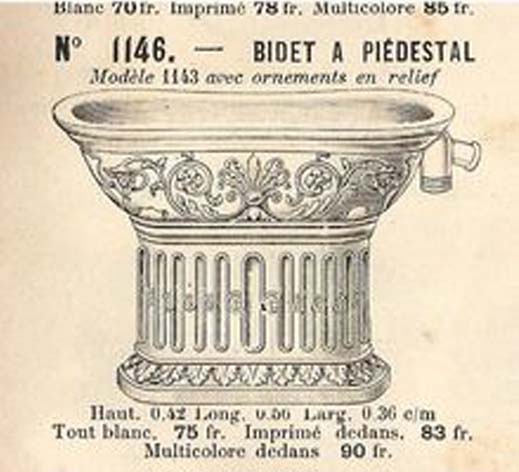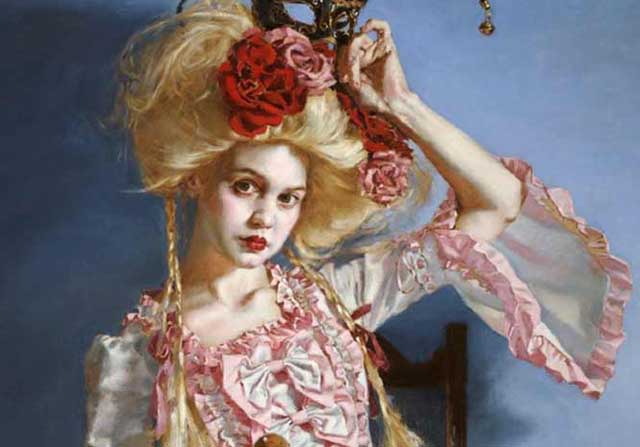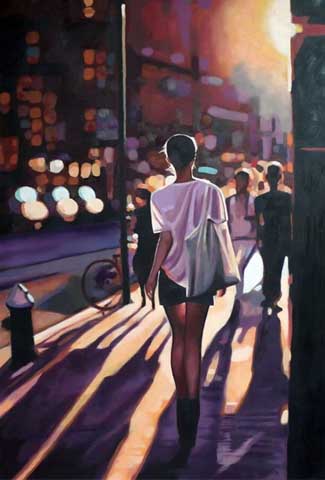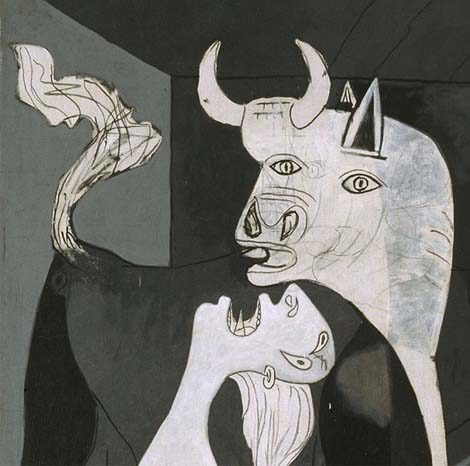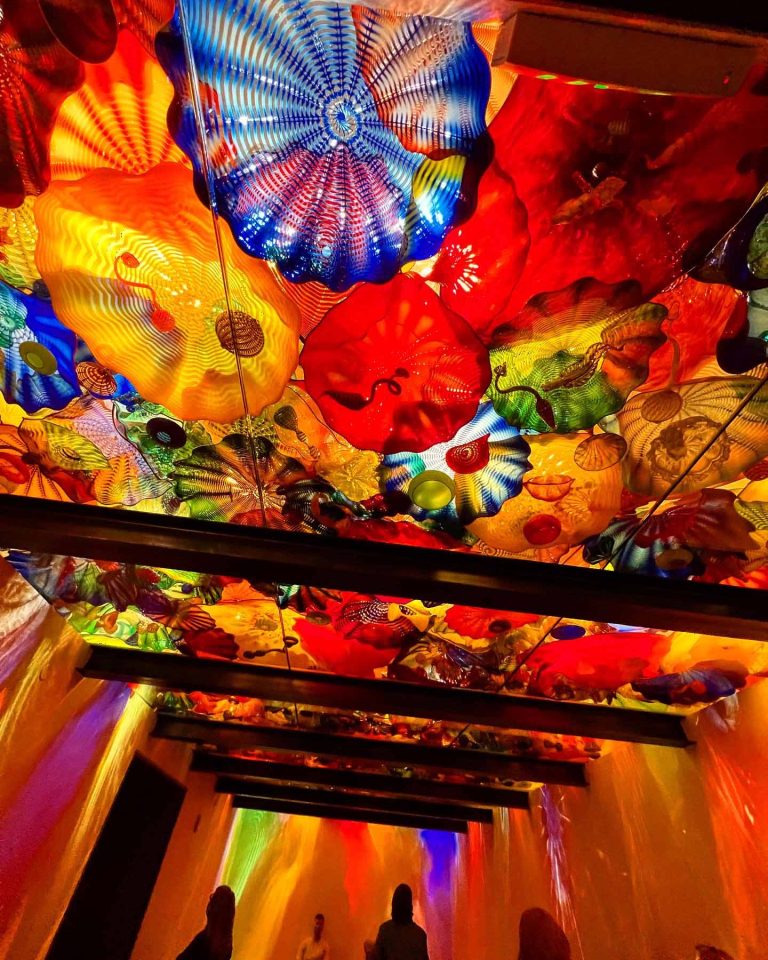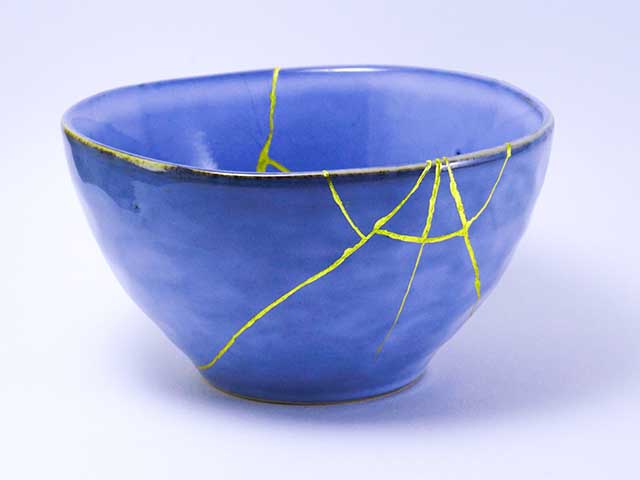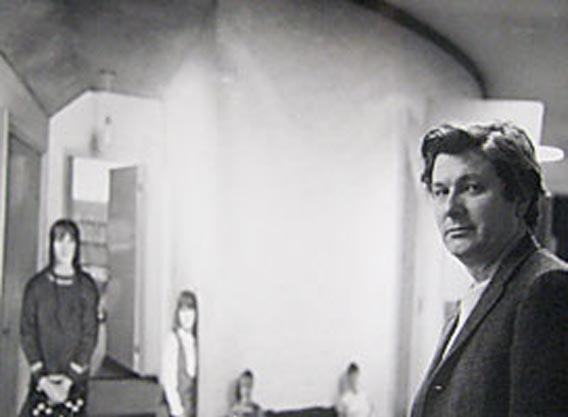
Harland Goudie: The Professor Who Opened My Eyes to Art
A Mentor, A Visionary, A Character: Remembering Harland Goudie
When I look back at my college years, reflecting on the many professors who shaped my education, one man stands out above all—Harland Goudie.
Harland taught art at Knox College from 1954 until his retirement in 1990. Originally from Montana, he made his home in the cornfields of western Illinois, where he devoted decades to teaching, mentoring, and inspiring students.
I remember him vividly—a wiry, thin man with a weathered face, often punctuated by a broad, mischievous smile. He was someone you couldn’t easily define. He embraced life as he embraced art—never afraid to wander off the beaten path.
To call Harland eccentric would be an understatement. To call him a walking encyclopedia of art history would be just as much of an understatement. As a student, I found him to be both whimsical and deeply intellectual, constantly shifting between brilliant artistic insights and delightfully absurd declarations that revealed the liveliness of his curious mind.
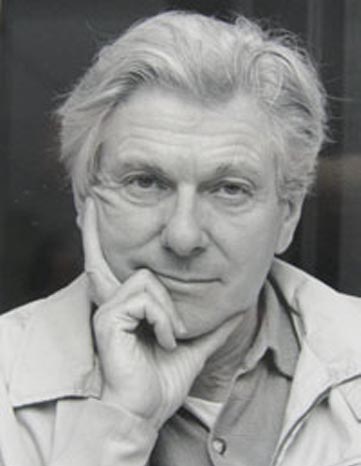
The Many Faces of Harland Goudie – Artist, Musician, and Free Spirit
Harland wasn’t just a professor—he was a true Renaissance man
Lover of Jazz – Harland wasn’t just an art professor—he was a jazz enthusiast through and through. He played the trumpet in local bands, bringing the same improvisational energy to music that he brought to his art and teaching. You could feel his rhythm in everything he did.
Unpredictable Fashion Sense – Harland had his own unique style—khaki pants, a blazer, and running shoes were his signature look. You never knew when he’d go from classroom to campus sprint, his hair tousled by the wind, looking as if he had just finished a morning jog or a deep conversation about Caravaggio.
The Wise, Cryptic Mentor – He had a way of wandering into the studio, casually chatting with students, taking in their work with a thoughtful gaze… and then, just as you were waiting for a detailed critique, he’d drop a short but profound piece of advice—just enigmatic enough to leave you contemplating it for days. You never knew exactly what he meant at first, but somehow, his words always clicked when you needed them most.
A Celebrated Educator & Advocate for Art
Harland had an unconventional teaching style. Unlike many art professors, he refused to show his own work to students, fearing they would simply copy his style rather than develop their own. Instead, he encouraged each student to forge their own artistic identity, exploring different techniques and perspectives.
He practiced what he preached, refusing to be tied to a single artistic movement. While he earned his MFA from the University of Iowa in the 1950s—a time when Abstract Expressionism dominated—he was never bound by any one style. Throughout his career, he experimented with Painting and drawing, etching and printmaking and sculptural three-dimensional painting.
Harland’s brilliance was recognized by Knox College.
In 1988, he received the Philip Green Wright-Lombard College Award for Distinguished Teaching.
In 1974, he was selected as the Sang Exchange Scholar to Oxford University.
He also fought to preserve historic buildings on campus, serving on committees dedicated to their restoration and renovation.
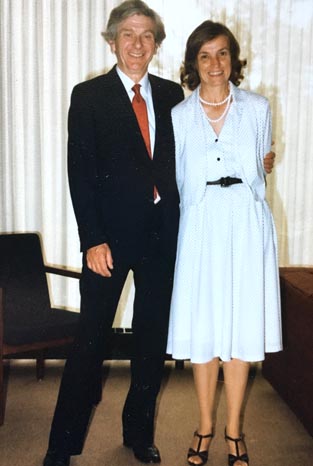
I was just eighteen years old, a wide-eyed freshman, when Harland took my hand and led me into the world of art. He introduced me to Caravaggio, Titian, Michelangelo, and i Macchiaioli, sparking a passion for painting, drawing, and art history that continues to this day.
Harland was more than a professor—he was a mentor and an inspiration. His influence was so profound that when I wrote my novel Dreaming Sophia, he became the inspiration for the character of Professor Glenninghall—the wise and unconventional art professor who helps Sophia find her path.
Grazie, Harland.
Your lessons, your laughter, and your passion for art live on in everyone you taught. Your legacy is timeless. Thank you for opening my eyes to the beauty of art—and the endless possibilities it holds.
